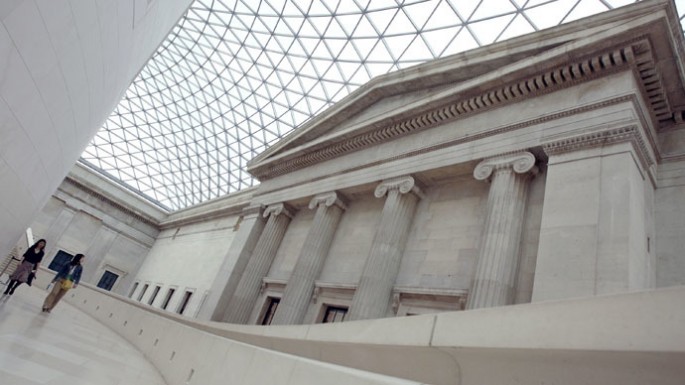A major underwater exhibition is set to open to public by the British Museum next year featuring hundreds of more than a thousand-old artifacts from sunken cities.
British Museum will present the six-month exhibit with 300 artifacts from the two sunken cities in Egypt namely Thonis-Heracleion and Canopus. These artifacts were submerged from the Nile River more than a thousand years ago, Travelers Today reported.
The two lost cities where once an active community by the 8th century, but accounts said that they were inundated, the report said.
The British Museum said that the exhibit items were dug up in Alexandria in Egypt from 1996 to 2012, the report added.
Moreover, the museum said that the items in the exhibit will be "extraordinary, monumental scuplture" as one of those is Hapy, a 5.4m granite statue which symbolize the flood in Nile, according to The British Museum release.
Other historical exhibition items include the Apis bull of Serapeum in Alexandria, Canopus sculpture of Arsinoe II, the eldest daughter of Ptolemy I, and a feature of the Greek arrival in Egypt, the report said.
There will also be a complete stela from Thonis-Heracleion publicizes a decree of Nectanebo I, an Egyptian pharaoh, the report added.
The British Museum's underwater archaeology exhibit would be an underwater experience with underwater artifacts from the underwater cities of the past.
With 10 research and curatorial departments, the British Museum collections include different historial items across the continents such us items from the ancient Greece and Rome, historical coins and medals and portable antiquities and treasures.
Watch the video by Kevin Kilpatrick on YouTube about the Britsh Museum in London, England.



























